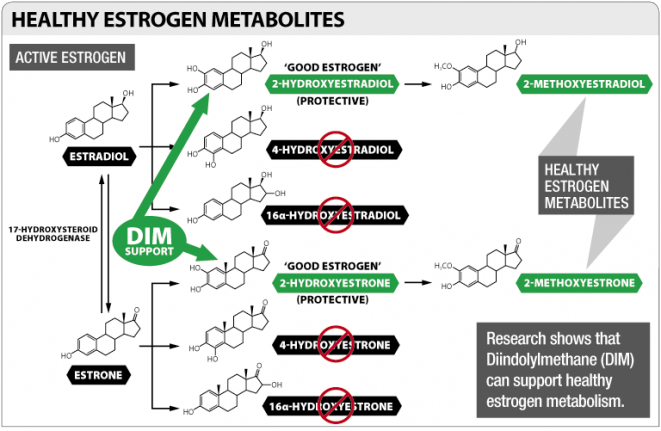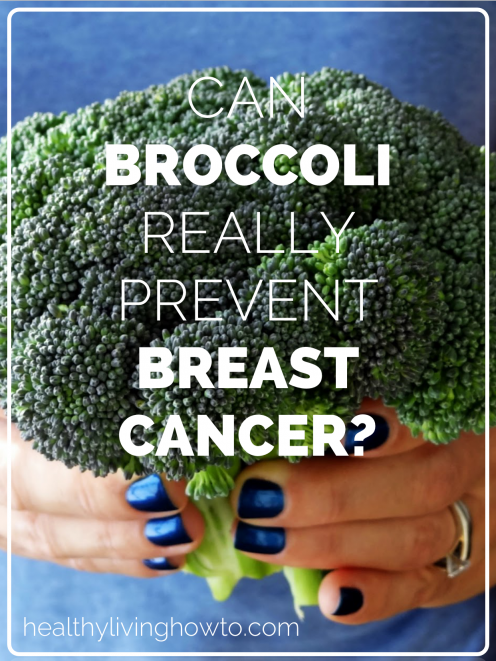Having balance is often the pursuit in personal development. To manage stress, have a balance between work and play. To manage weight, eat a balanced diet. But what exactly is balance? If we pay attention closely to our physical, mental and spiritual health, not only will we know when we are balanced, but we will also know when we are out of balance. So, what does balance have to do with breast cancer?
Estrogen a Family of Hormones
Estrogen is used collectively to refer to a family of hormones: estradiol, estrone and estriol.
In menstruating women estradiol is the dominant estrogen, whereas after menopause, estrone becomes dominant.
Whether from your own ovaries or from an external source, estrogens work in the body by traveling in the blood to body tissues where there are estrogen receptors. Estrogen receptors are found in the brain, breasts, heart, blood vessels, uterus, vagina, bladder, liver, bones, skin, and gastrointestinal tract.
Estrogens circulate in the body, some binds to sex hormone binding globulin and some is unbound. Only unbound estrogens can enter target-tissue cells and induce biological activity.
Metabolism of Estrogen
Metabolism of estrogen within the body is a complex subject.
What's important to know is the ultimate biologic effect of estrogen depends on how it is metabolized. The metabolism of estrogen takes place primarily in the liver with detoxification and final excretion in the urine and feces.
Estrogen metabolites are the byproduct of estrogen metabolism and have important biological functions to perform, though not all estrogen metabolites are benign.
Estrone metabolites, 16a OH Estrone and 4-OH Estrone, are known to be carcinogenic.
While, estradiol metabolites, 2-OH Estradiol and 2-OH Estrone, have protective benefits.
Research shows that levels of the 16a OH Estrone metabolites are high in cases of breast, ovarian, cervix, uterine and other hormone-sensitive cancers. Levels of this dangerous metabolite are also higher in women suffering with PMS and perimenopause.
There is a genetic predisposition to favor one metabolic pathway over another; women with a family history of breast cancer favor the 16a OH Estrone pathway.
Environmental, dietary and lifestyle factors also influence this ratio.
Xenoestrogens
We live in a world full of xenoestrogens. These estrogen mimickers not only affect the balance of estrogen to progesterone in our body but also affect estrogen metabolism and alter hormone activity.
A diet rich in vegetable oils, white flour and sugar, exposure to pesticides and herbicides, consumption of conventionally raised dairy and meat products, the high use of plastics, as well as use of some cosmetics, toiletries and household cleaners, increases the cancer causing 16a OH Estrone metabolite.
Support Healthy Estrogen Metabolism
It is imperative for health and disease prevention, to adopt healthy lifestyles and nutritional habits. However, it is important to note, we cannot completely avoid exposure to xenoestrogens, which means we must support healthy estrogen metabolism. One way to do this is to eat more broccoli or any of the other cruciferous vegetables.
A compound in cruciferous vegetables called Indole-3-Carbinol (I3C) is especially beneficial to healthy estrogen metabolism. When I3C combines with stomach acid it creates 3,3-Diindolylmethane (DIM). DIM in high doses, supports the metabolism of estrogen resulting in an increased level of healthy estrogen metabolites while reducing the level of carcinogenic estrogen metabolites.
To reap the benefits of DIM, in addition to eating cruciferous vegetables, supplementing with DIM is often recommended.
As per the recommendations found in the book Cracking the Metabolic Code by Jim LaValle, RPh, CCN, ND the dosage range for DIM is 75-600mg a day in divided doses; 75-150mg for PMS, 150-450mg for fibroids and PCOS, 300-600mg for weight loss and prostate cancer.
Generally, I start women on 75mg DIM, twice a day, unless they have a history of estrogen-dependent health issues such as breast or uterine cancer, fibroid formation, or cyst formation, in which case, I recommend 150mg, twice a day. ~Jim LaValle, RPh, CCN, ND


